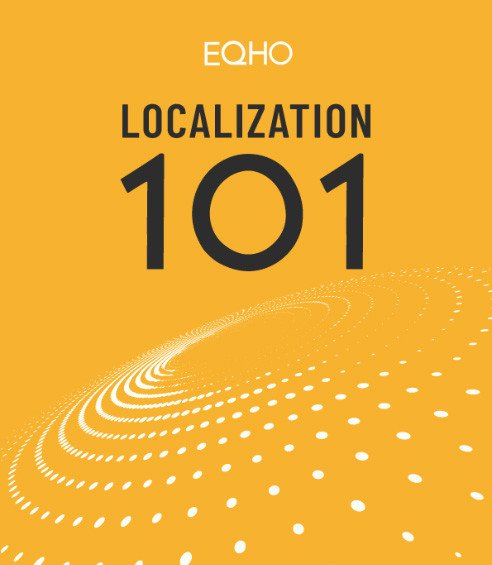About Korean
The Korean language is generally considered to be a language isolate; i.e., a language that has no known ancestor in common with any other language. A number of historical linguists have theorized relationships with the Turkic, Mongolic, Tungusic, and Japonic language families, and hold these along with Korean should be incorporated into a proposed Altaic language family; however, this theory is subject to considerable contention. Korean is one of the world’s oldest living languages. Its development may be categorized in three stages: Old Korean (1st – 10th century CE), Middle Korean (10th – 16th century CE), and Modern Korean (16th century CE to date). Since the division of Korea into North Korea and South Korea after World War II, the language as used in the North and South has developed differences in pronunciation, vocabulary, grammar, and orthography
As is the case with many Asian language, Korean has a system of honorifics, sets of special nouns and verb endings that are used to indicate the status of the speaker / writer in relation to that of the subject referent (whom is being talked about). In addition, Korean has a system of seven speech levels, each level using a different paradigm for verb endings, which indicate the level of respect that the speaker / writer has for the listener / reader (whom is being talked to).
Korean was originally written using Chinese characters, known as hanja, which were introduced into Korea through contact with the Chinese when the Han Dynasty established military outposts in northern Korea starting in the 2nd century BCE. Unlike Japan and the People’s Republic of China, where many of the Chinese characters currently in use have been modified or simplified, hanja used today remain almost entirely identical to their traditional Chinese counterparts.
In the mid-15th century CE, King Sejong the Great promulgated the hangul script, a phonetic alphabet, explaining that the Korean language was fundamentally different from Chinese, and that using Chinese characters was so difficult that it prevented common people from ever becoming literate. It was said at the time that an intelligent person could learn hangul in the space of a morning, and that a stupid person could learn it in the space of ten days. In modern times, linguists have described hangul with such accolades as “remarkable”, “brilliant,” and “the most perfect phonetic system devised.” Hangul is now the sole official writing system of both North and South Korea.
While the use of hanja was initially depreciated in North Korea, it was reintroduced into the primary and secondary school curricula in the mid-1960s, with 1,500 characters being taught in grades 5 – 9 and an additional 500 in grades 10 – 12. In South Korea, hanja is taught in grades 7 – 12: 900 characters in grades 7 – 9 and an additional 900 characters in grades 10 – 12. Nevertheless, the use of hanja characters has steadily diminished to the point that most printed material are written in hangul only.


